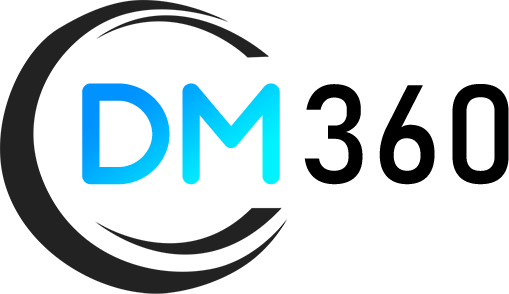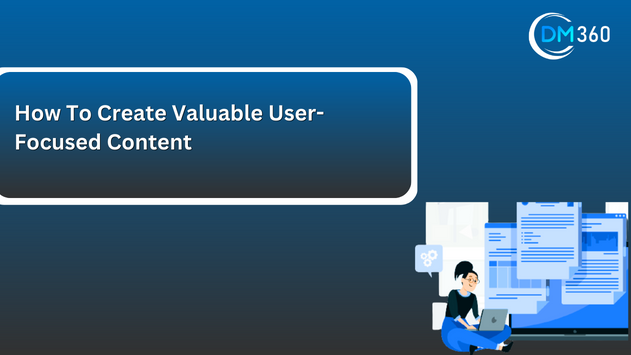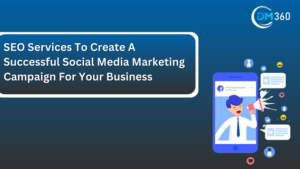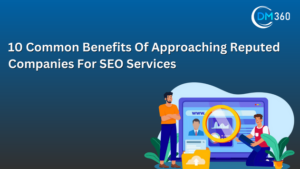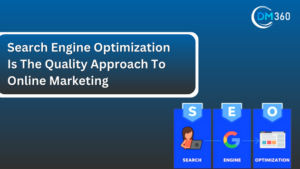How To Create Valuable User-Focused Content – It has been established that providing useful and customer-oriented content is important to influence your target audience and make your online operations successful in the modern world. A user-friendly website is not just about delivering content; it is about creating an environment that empowers, enlightens, and satisfies the user. We will explain what you need to to produce content that will be worth your viewers’ time.
Table of Contents
Toggle
Steps to Create Valuable User-Focused Content
Understand Your Target Audience:
In content creation, it is necessary to perceive your audience first. Evaluate the existing customers and build a buyer profile that will help understanding their large characteristics and tendencies, key pains and drivers. With this understanding, it is easy to come up with content that will help to meet the needs and interests of these stakeholders.

Conduct Keyword Research:
Keyword research remains a vital factor when developing content. It is also essential to understand how your target audience searches for content about your industry using keywords and phrases. You can find additional keywords using the keyword research tools, which will have a good quantity of searches but relatively low competition. Using the keywords will help to direct the content that you are creating as well as ensuring that it can be easily indexed by the search engines.

Define Clear Objectives for Each Piece of Content:
This is particularly important since every piece of content should have a goal. Understand for what reasons you are going to create one article, blog post or video. What are your goals? What, do you want to teach or tell a story, motivate or sell? This makes it easy to layout your content when you have well defined objectives through the services of SEO services Chicago and delivering value to your clients.

Create Compelling Headlines and Introductions:
The selection of headings and leading texts of your articles is a critical factor in attracting the attention of the users to your articles. Create catchy and brief headlines that help the reader get a clear understanding of the essence of the article as well as spark their interest.
Clearly state in the introduction what the reader is to gain from reading your work if you want his/her attention to be captured. Captivate your audience from the start by sharing an anecdote, asking question, or reciting numbers that will grab their attention.

Provide Actionable and Practical Information:
A good content should inculcate relevant and down to earth information that the audience can apply to their day to day activities and companies. Offer ideas, advice, approaches, or instructions on how they can overcome challenges they are facing or complete tasks they desire. Support your points should involve examples and case studies and presented in simple language. This way, your content will be read by even more people and would be influential if it is helpful and relevant to the readers.

Use Visuals to Enhance Engagement:
It also implies that visuals are a powerful way to increase the level of users’ engagement. Enhance your content by adding images, infographics, charts or even videos as they will increase the aesthetic value. Visuals can make difficult material easier to understand, give the lesson more appeal, and aid general understanding across the board. Your images must be clear, appropriately sized and fitting with the overall theme and style of your blog.

Implement a Logical Structure and Formatting:
Well-structured and well-organized data make for better readability and user experience. Your content can literally be categorized by utilizing headings, subheadings, or bullet points. It helps your readers quickly go through your content and look for a specific piece of information they need. It is important to proofread the content to conform to best practices such as correct grammar, spelling and punctuations to foster credibility.
Incorporate Internal and External Links:
Chronicling relationships between internal and external content is crucial for the usability of content. This is a great way of leading your users towards more useful information within your site by linking them to other related pages. Adding links to other websites that are from credible sources or authorities in your field makes your content more credible and allows the readers to follow up on the topic if they wish to. In the case of putting links, do not put it in a way that will divert the user’s attention from the post.
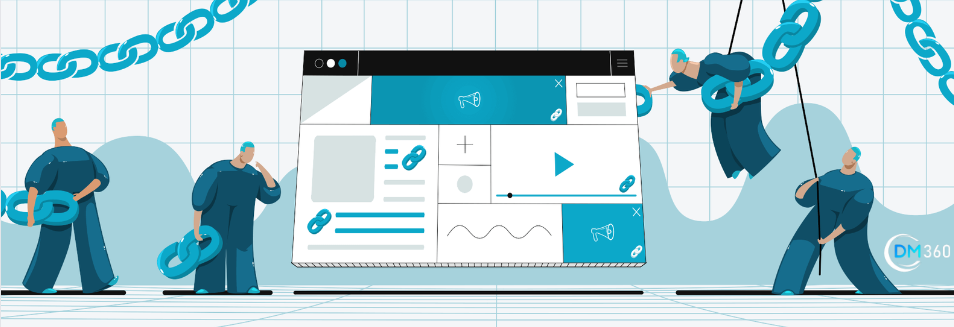
Encourage Interaction and Discussion:
Engaging content encourages audience interaction and discussion. Your content should encourage readers to leave comments, share their opinions, and ask questions. Build relationships with your audience by responding promptly and thoughtfully to comments. This interaction will give you valuable insights and feedback and add value to your content.
Use a Variety of Content Formats:
Diversify your content formats to appeal to different preferences and learning styles. Develop a content strategy incorporating videos, podcasts, infographics, and written articles. As a result, your content can be consumed in various formats appropriate for different users. Pay attention to the formats that resonate most with your audience and experiment with them to keep your content fresh and engaging.

Incorporate Storytelling Techniques:
Storytelling is an effective tool for capturing and retaining your audience’s attention. Include narratives, anecdotes, or case studies in your content to make it more engaging and relatable. Stories can evoke emotions, establish connections, and communicate complex ideas effectively. The use of storytelling techniques enhances the value your users get out of your content and creates a memorable experience for them.
Provide Actionable and Practical Information:
You should provide your audience with actionable and practical content that they can use in their daily lives and businesses. Give them step-by-step instructions, tips, strategies, or best practices to help them solve their problems and achieve their goals. Present complex concepts in easily digestible chunks using clear and concise language and providing examples or case studies. Readers are more likely to trust your expertise if they find your content helpful and relevant.
Optimize for Readability and Accessibility:
Provide your audience with easy-to-read content. Break down your content into digestible chunks using headings, subheadings, bullets, and short paragraphs. Enhance comprehension and engagement by incorporating relevant visuals, such as images, infographics, or charts. Increasingly, users access content via smartphones and tablets, so you need to make sure your content is mobile-friendly.
Analyze and Iterate Based on User Feedback:
Analyze user engagement metrics, such as page views, time on page, social shares, and comments, to measure the effectiveness of your content. Identify areas for improvement based on user feedback. This data can help you refine and iterate your content strategy to meet your audience’s evolving needs and preferences.
Summing Up
Successful content marketing requires valuable and user-focused content. Understanding your audience, conducting thorough research, defining clear objectives, and providing actionable information will help you create content that resonates with your readers. Keep your content relevant and impactful by incorporating engaging visuals, using a logical structure, encouraging interaction, and analyzing user feedback. Your content can help you foster meaningful connections, foster engagement, and help you achieve your business goals by focusing on your audience’s needs and interests.
